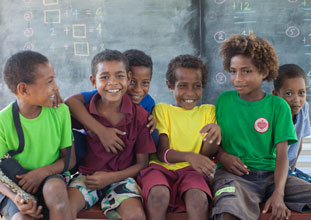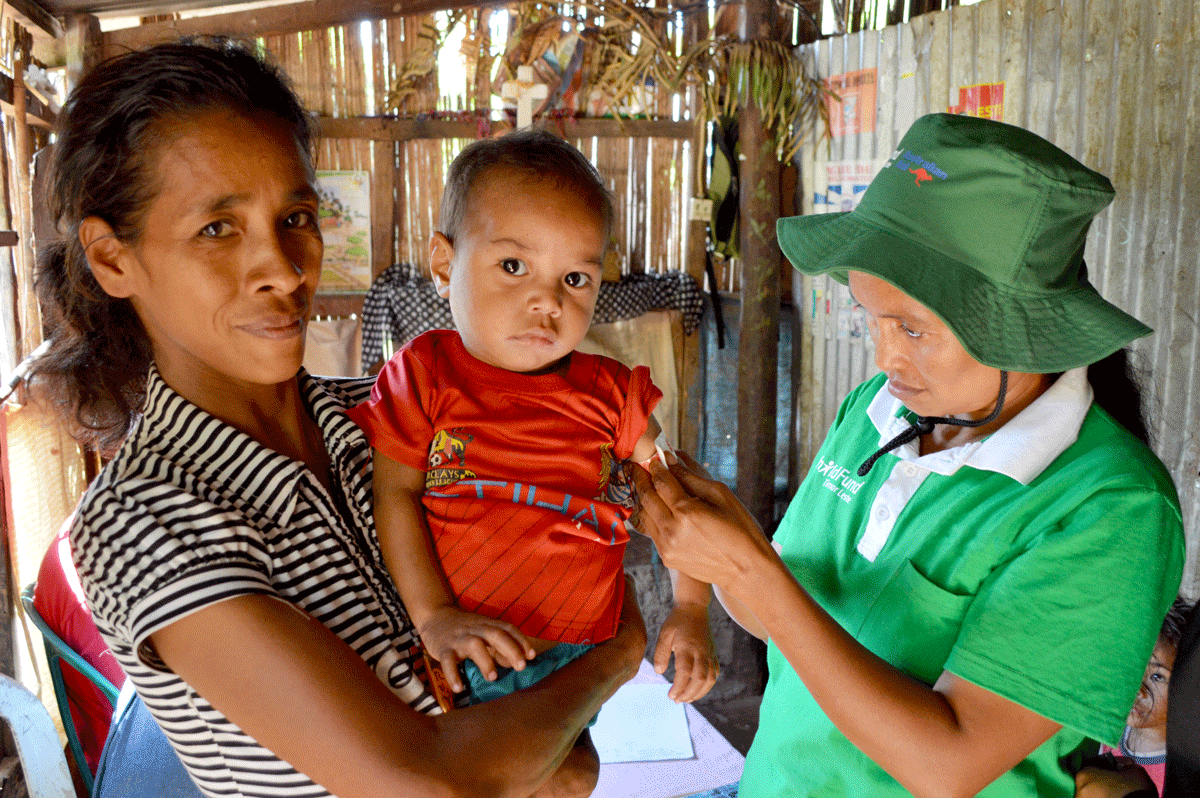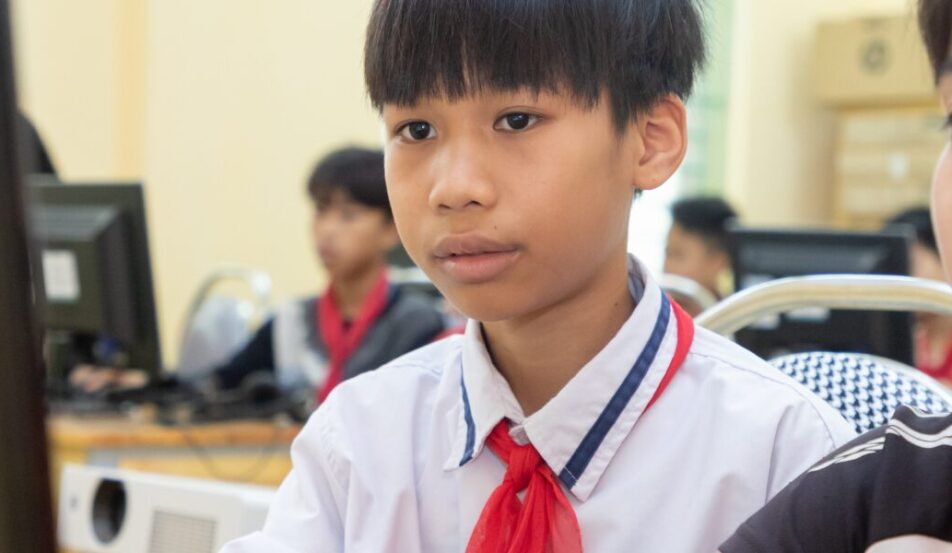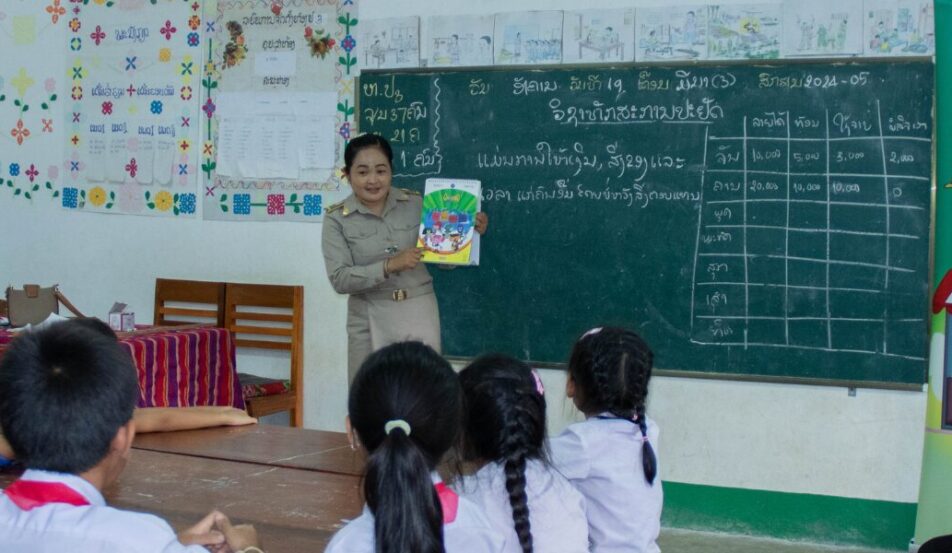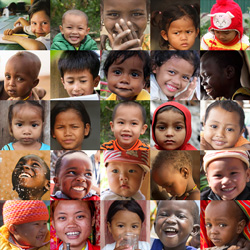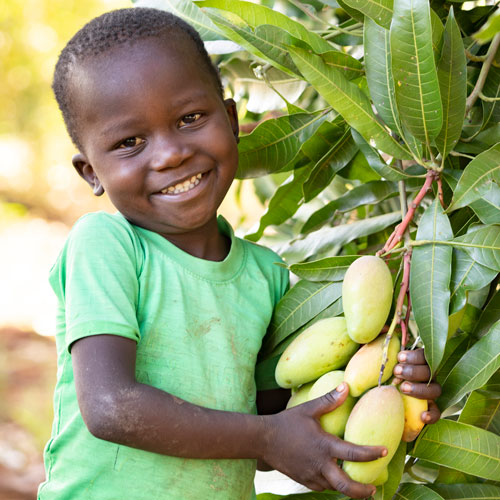The chance to learn: Education in Mexico
Mexico, with more than 50 million people living under the poverty line, has problems with inconsistency in its educational offerings.
Mexico faces a range of complex social problems. From escalating violence in certain regions to drug smuggling near the U.S. border, there are many obstacles for the Mexican government to overcome. One of the most urgent problems in Mexico is the inconsistency of the country’s education system. Without access to a solid education, millions of children will struggle to emerge from poverty and lead productive, fulfilling lives.
Despite having a relatively prosperous economy, Mexico suffers from economic inequality. In some regions, children and their families earn a comfortable living, but in southern Mexico, many children live in poverty. In fact, approximately 40 percent of the country’s population live below the poverty line, around 50 million people. As well as struggling to provide food for their children, some families simply cannot afford to send their children to school. This, in turn, contributes to the cycle of poverty that forces many children to work instead of going to school.
Additionally, if children fail to receive the education they need in their early years, they may be less likely to pursue qualifications in higher education and may even struggle to enter the workforce. According to data from the Organisation for Economic Cooperation and Development (OECD), almost 19 percent of Mexican youths between the ages of 15 and 19 were not enrolled in an educational program or working in 2010.
Overall academic standards also need to improve. Data from the OECD suggests that, in terms of educational attainment, Mexico ranks poorly compared to other nations of similar economic activity. Although progress has been made in recent years, including the announcement of widespread education reforms earlier this year, there is still much to be done.
ChildFund has worked in Mexico since 1955, and one of our most important projects in the country has been the introduction of community and early childhood development centers. Approximately 84 percent of our community centers have “ludotecas,” or playrooms, where young children can develop their creative thinking skills through play. In addition, our “Activate” program has helped many children with their math and literacy skills, providing them with the foundation they need to progress to more advanced levels later.
Despite the challenges it faces, Mexico is making progress toward improving its education system, but there will always be children who miss out on vital opportunities. To make a difference in the life of a child, please consider sponsoring a child in Mexico.
